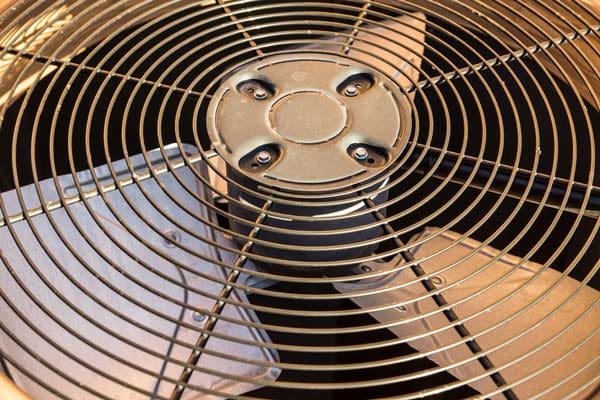
HVAC systems can keep your home warm in winter and cool in summer. These systems are available in various sizes and use different mechanisms. Here are the main types of HVAC systems you can choose from.
Split System
Split systems are the most popular type of HVAC system in homes. The cooling and heating components in the HVAC system are separate but have the same thermostat for temperature control. Most residential homes have heating components in the basement or utility closet. In contrast, the cooling component is situated outside and connects to the house via the building’s ductwork.
Packaged Heating and Cooling
A packaged HVAC system’s heating and cooling parts are in a single unit. You will install the units outside your house, probably on the ground or the roof. The unit will connect to the inside of your home via the return and supply air ducts. The exterior location helps save indoor space and allows you to enjoy a quieter indoor environment.
One major benefit of packaged HVAC systems is the relatively lower upfront costs. The installation process is also cheaper because all the components are housed together and require less installation labor. If the HVAC unit breaks down, technicians can quickly reach the outdoor system and do the necessary repairs.
Zoned System
Each family member in your home might want to stay in a room with a specific temperature. With a zoned system, you can customize the temperature in your home to create specific zones in each room. This customization happens due to the dampers that control the movement of air inside the ductwork. The dampers can redirect hot or cold air to certain sections of the house to increase comfort.
Zoned HVAC systems are also perfect for homes where lower floors may feel colder than top floors. You may also have a room that you rarely use or one that feels stuffy. Gyms, home offices, and other special areas are other places that can become more effective if they have zoned temperatures.
The number of zones that you can create depends on the type of zoning system. The common practice is to pair the zoning HVAC with a smart thermostat. This step makes it easier to set temperatures for each room and saves energy.
Portable Heat Pump
Portable heat pumps are small heating and cooling devices that are light enough for one person to carry. Large homes will require large portable heat pumps that may need two people to move. Since the heat pump can cool and heat a space, a single pump unit can substitute a space heater and an air conditioner. This is especially beneficial in places with limited space, such as a single room, studio apartment, or summer cabin.
Hydronic Heating
Most HVAC systems use a building’s ductwork to distribute warm or hot air throughout the home. But allergens, pet dander, pollen, and dust can accumulate in ductwork and enter the rooms. Hydronic heating systems solve this problem since they don’t use air ducts or return air systems. Instead, the HVAC system distributes heat to the home via a heated liquid in tubes.
The common practice is to install hydronic heating systems beneath the floors. You can also use radiators in the concrete foundation to enhance heat distribution. This configuration produces little noise and increases energy efficiency.
Once you select your preferred type of HVAC system, the next step is to find a qualified technician to help you with the installation. Steele Brothers Heating, Inc., is a professional HVAC company that installs and repairs various types of HVAC systems in residential buildings. Contact us for more information.
